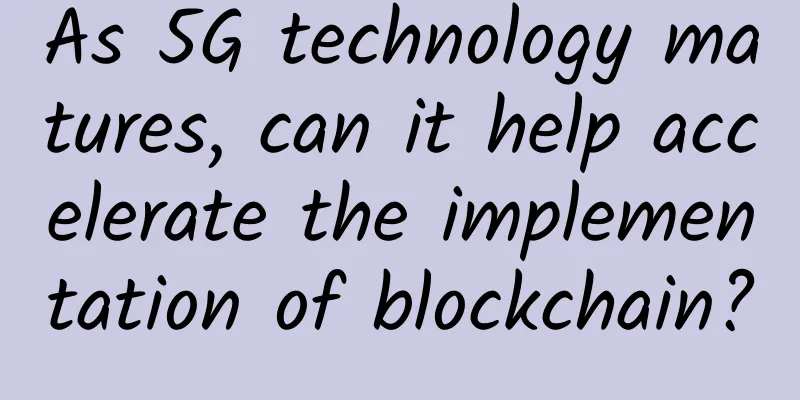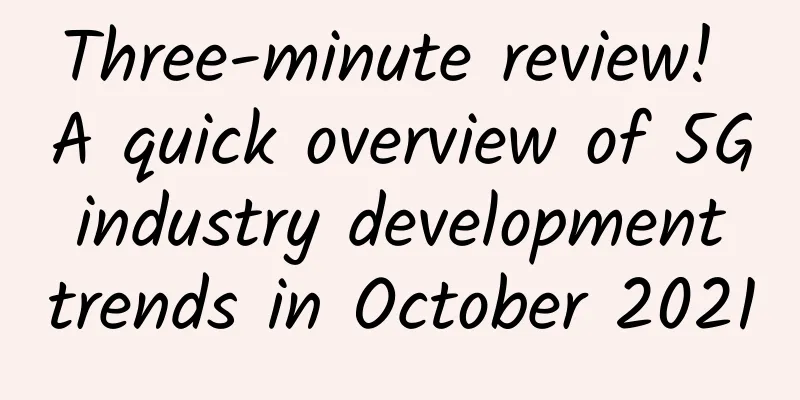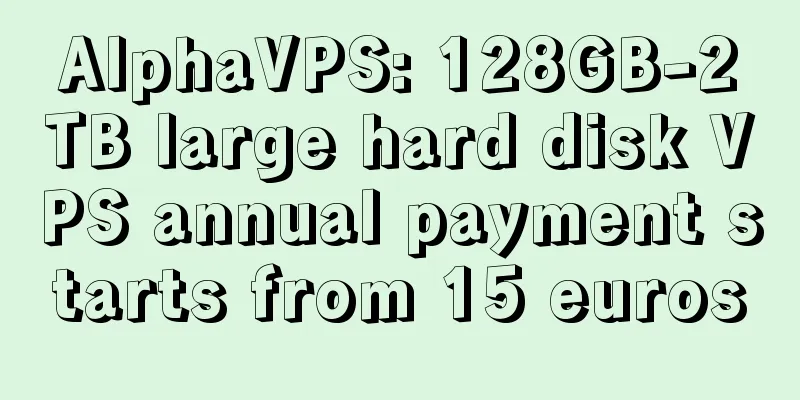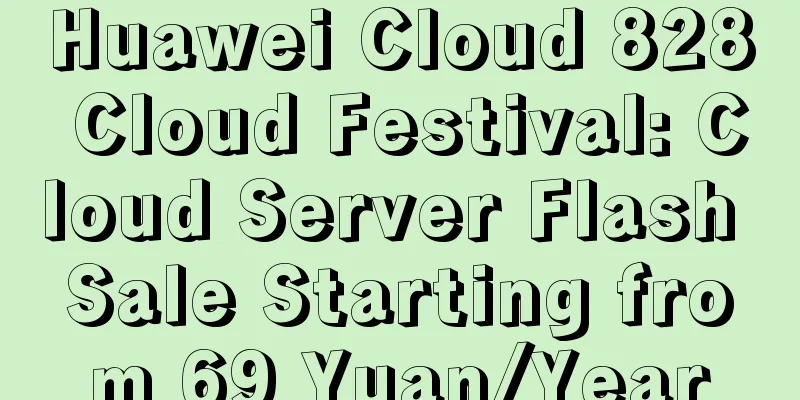Black technology! Disruptor! Blockchain, it’s too late if you don’t pay attention to it
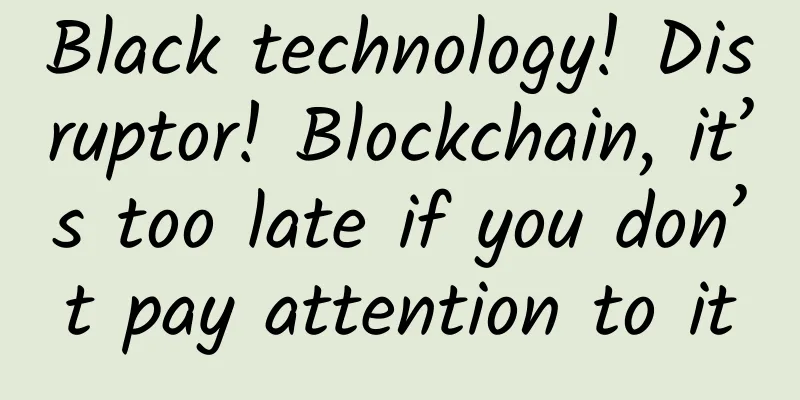
|
In 2008, the concept of blockchain emerged. This technology stores data in blocks, each containing a part of the content. Each block records the ID of the previous block, forming a chain structure in chronological order, and uses cryptography to ensure that the data cannot be tampered with, so it is called blockchain technology. According to a new report from BIS Research, the application of blockchain technology can save about $6 billion to $8 billion in costs for the KYC (Know Your Customer)/AML (Anti-Money Laundering) sector each year, about $30 billion to $40 billion for trade finance, and about $50 billion to $60 billion for the capital market. In a recent report, BIS Research focused on the various opportunities that financial institutions and blockchain technology providers can take advantage of, as well as the cost benefits and value that can be generated. It highlights the key drivers and barriers to blockchain adoption and the roles of major market players in the industry. The drivers include the need to address the inefficiencies of existing technologies, the growing distrust of consumers in the financial services market during the recession after 2008, and the potential to bring multiple benefits, such as cutting costs, eliminating intermediaries, and improving transparency and security. In addition, financial giants, governments and central banks have strongly supported the development of blockchain technology. In the past, financial institutions have always been pioneers in adopting advanced technologies, because only by continuously improving efficiency can they survive in a highly competitive environment. The operation of a blockchain system is mainly divided into 5 steps: 1. Transaction Definition The sender creates a transaction and sends it to the network. Each transaction information Includes: sender, receiver, recipient address, transaction value, encrypted digital signature 2. Transaction Verification Nodes (computers/users) in the network receive messages by decrypting digital signatures and verifying the validity of the messages. Authenticated transactions are placed in a "pool" of pending transactions. 3. Block creation The system will form a block of pending transactions at a fixed time. For example, the block generation interval of Bitcoin is set to 10 minutes. After the block is formed, it will be broadcast to all network nodes for authentication. 4. Block Verification This step requires all nodes in the network to verify the newly added blocks using a consensus mechanism. Different blockchain systems use different consensus mechanisms, such as Bitcoin uses "proof of work" and Ripple uses "proof of evidence". The consensus mechanism is to ensure that each transaction is valid and prevent fraud. 5. Join the blockchain If all transactions are verified, the new block will be linked to the previous block to form a block chain. At the same time, the system broadcasts the updated state of the distributed ledger to the network, and the whole process is completed within 3-10 seconds. New business forms under technological change Di Gang, deputy director of the Digital Currency Research Institute of the People's Bank of China, told reporters that blockchain technology is the result of the combination of peer-to-peer network technology, cryptography and distributed consensus protocols. Distributed ledgers are the first and most widely used field of blockchain technology. In layman's terms, blockchain is a shared ledger across the entire network. Distributed is one of the typical characteristics of blockchain. It can maintain a set of unalterable ledger records between participants who do not trust each other or have weak trust without the participation of intermediaries. The whole network shares the ledger. In a typical blockchain network, each node can store the historical transaction records of the whole network. Each step of the program execution will be synchronized, authenticated and confirmed by the whole network to ensure that each participant gets a unified and confirmed result. Taking the credit business of a small supermarket as an example, every credit transaction is notified to all users, and a common accounting mechanism for all users is established, which can effectively avoid disputes. This is the prototype of blockchain technology. At the same time, just like new-generation information technologies such as cloud computing, big data, and the Internet of Things, blockchain technology is not a single information technology, but relies on existing technologies, and is creatively combined and innovated to achieve previously unrealized functions. Blockchain technology is a new decentralized infrastructure and distributed computing paradigm that has gradually emerged with the rise of encrypted digital currencies such as Bitcoin. It stores data in a block chain structure and uses cryptographic principles to ensure the security of transmission and access. Data storage is jointly maintained and supervised by multiple Internet users. It has significant advantages such as decentralization, transparency, and data cannot be modified. The sharing economy is an emerging business model that uses Internet technology to efficiently utilize idle resources. It has the characteristics of automatic calculation and matching of supply and demand relationships, socialized economic relationships, and an open credit evaluation system. The networked credit framework based on blockchain technology has the inherent advantage of being in line with the operating characteristics of the sharing economy, and is expected to support the realization of multiple sharing economy scenarios such as shared transportation, shared education, shared housing, and shared energy. Figure 1: Application scenarios of the sharing economy supported by blockchain technology Blockchain technology is not very mature yet, but the overall direction is to solve the problem of trust in the world. Once this problem is solved, many business models will inevitably change. From the past to now, we have been talking about Internet + something, and we have been practicing it. Now we can imagine the scenarios of blockchain + something, such as blockchain + finance, blockchain + Internet management, such as Internet + energy, blockchain + government, blockchain + other, etc. Do you think it is wonderful? |
<<: In the era of the Internet of Things, how will smart hardware affect our lives?
Recommend
The Internet of Things drives the rapid development of the chip industry
With the popularity of the Internet of Things (Io...
Why SD-WAN is the best way to enable digital business
In a survey of mid-market enterprises, IDC found ...
There are many "roadblocks" blocking the way for the full popularization of 5G. When will it be possible?
Now everyone is talking about 5G, just like when ...
The operators’ 5G investment budget has been determined. From construction to application, what other challenges are there to overcome?
According to statistics from China News Service, ...
In the cloud-native era, F5 distributed cloud services help SoftBank build a modern application architecture
Today, applications are in a stage of explosive g...
4G is still growing, but 5G is a bit awkward. Has the promised 5G phone replacement trend come to an end?
Last week, the Ministry of Industry and Informati...
4 Ways to Save Money in Your Data Center
When data center downtime costs an average of nea...
What is the difference between WiFi and Ethernet connections?
In today's networking world, Wifi and Etherne...
12 minutes to help you understand the OSI seven-layer model and the TCP/IP five-layer model
1. OSI Reference Model 1. Origin of OSI OSI (Open...
Fatal question: How many HTTP requests can be sent through a TCP connection?
There was once such an interview question: What h...
Gartner Releases: Top Ten Wireless Technology Development Trends
Wi-Fi will continue to dominate the industry over...
The new THE PLAN v2 from BandwagonHost, quarterly payment starts from $32.6, available in Japan/Hong Kong/US CN2 GIA, etc.
BandwagonHost has launched a special package call...
Interview Frequent: Talk about everything about HTTP caching
Speed, speed, and speed. If a website wants to pr...
Inspur Cisco Networks: Open source and SDN bring new development opportunities to domestic network companies
Open source has become a trend, and almost all te...
It’s 2022, why are there still so many network failures?
Failures happen every year, but this year they ha...
